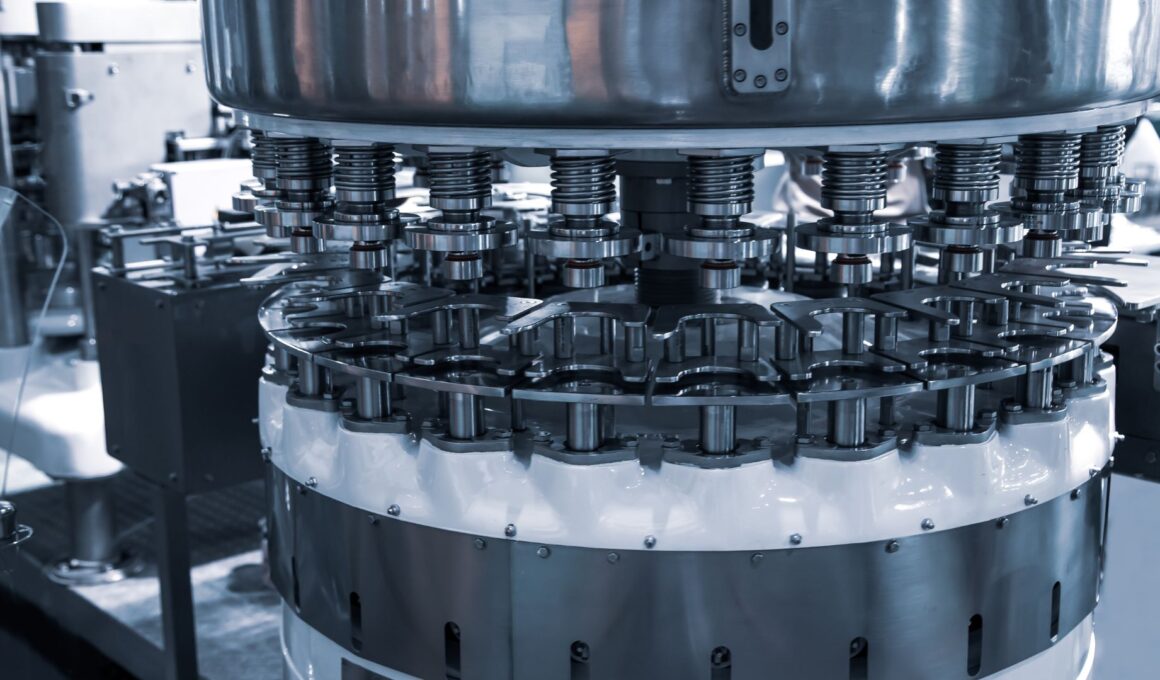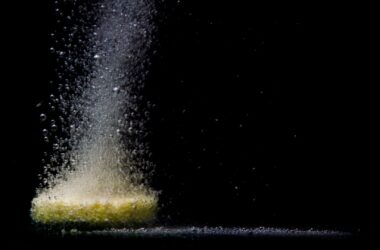Selecting the appropriate containment solution for pharmaceutical Active Pharmaceutical Ingredients (APIs) is a critical decision that impacts safety, regulatory compliance, and operational efficiency. This step-by-step guide provides a structured approach to help buyers navigate the process and make an informed choice.
Step 1: Define Requirements and Objectives
- Identify API Characteristics: Understand the properties of the API, including toxicity, potency, particle size, and reactivity. These factors will guide the level of containment required.
- Establish Containment Goals: Determine the containment level needed for safety, regulatory compliance, and process efficiency. This could range from basic protection to high containment for highly potent compounds.
Step 2: Evaluate Facility and Process Considerations
- Assess Facility Constraints: Evaluate the physical layout, available space, and existing equipment to identify any limitations or opportunities for integration.
- Understand Process Flow: Analyze the manufacturing process and identify critical points where containment solutions are required, such as dispensing, milling, blending, and packing.
Step 3: Choose the Containment Approach
- Isolator Systems: Isolators provide physical separation between operators and the API, offering high containment. Consider single-use or flexible isolator systems for adaptable solutions.
- Closed Transfer Systems: These systems facilitate the safe transfer of materials between equipment without exposure. Choose systems that prevent cross-contamination and maintain sterility.
- Gloveboxes and Hoods: Gloveboxes provide containment through sealed chambers, while hoods use air flow to capture and remove contaminants. Assess their suitability based on your process.
Step 4: Consider Material Compatibility
- Material Selection: Ensure that the chosen containment solution materials are compatible with the API and cleaning processes to prevent material degradation or interaction.
- Cleaning and Decontamination: Evaluate the ease of cleaning and decontamination of the chosen solution to minimize downtime and ensure product quality.
Step 5: Regulatory Compliance and Documentation
- Regulatory Compliance: Ensure that the selected containment solution complies with relevant regulatory standards such as cGMP, FDA, and EMA guidelines.
- Documentation: Request detailed documentation, including validation reports, certificates, and test results, to verify the containment system’s performance.
Step 6: Performance Validation
- Performance Testing: Request information on performance testing and validation, including air quality monitoring, leak testing, and operator exposure assessments.
Step 7: Operational Considerations
- Operator Training: Determine the training requirements for operators working with the containment solution to ensure safe and effective usage.
- Maintenance and Support: Inquire about maintenance schedules, spare parts availability, and technical support to ensure smooth operations.
Step 8: Cost Analysis and Budget
- Total Cost of Ownership: Consider not only the initial purchase cost but also factors like maintenance, operational costs, and potential downtime.
- ROI Analysis: Evaluate the return on investment based on improved safety, operational efficiency, and compliance benefits.
Step 9: Supplier Evaluation
- Supplier Reputation: Research the supplier’s reputation, industry experience, and track record in providing containment solutions.
- References and Case Studies: Request references and case studies from the supplier to understand how their solutions have performed in real-world scenarios.
Step 10: Decision and Implementation
- Comparative Analysis: Compare the suitability, performance, and overall value of different containment solutions based on the factors above.
- Final Decision: Make an informed decision considering all aspects, and ensure clear communication with the supplier regarding specifications, delivery timelines, and installation requirements.
Selecting the right containment solution for pharmaceutical APIs involves careful assessment, consultation with experts, and thorough evaluation of all aspects. By following this step-by-step guide, you can confidently choose a solution that aligns with your API’s characteristics, facility constraints, and regulatory requirements while ensuring operator safety and product quality.







